
Philip Allison
Philip R. Allison (1907–1974), pioneering thoracic surgeon, defined reflux oesophagitis, advanced Barrett’s oesophagus, and led Oxford surgery

Philip R. Allison (1907–1974), pioneering thoracic surgeon, defined reflux oesophagitis, advanced Barrett’s oesophagus, and led Oxford surgery
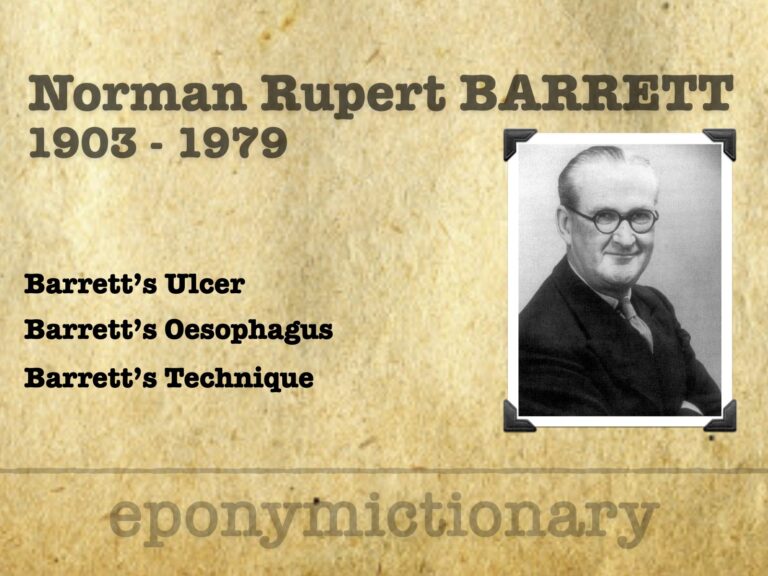
Norman Barrett (1903–1979), thoracic surgeon, pioneer of oesophageal surgery, first repair of Boerhaave’s syndrome, and namesake of Barrett’s oesophagus.
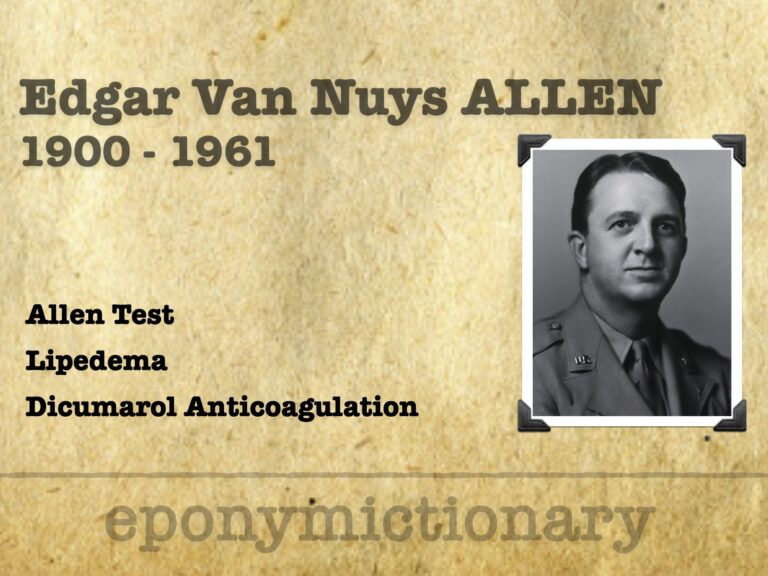
Pioneer of the Allen test and anticoagulant therapy, Edgar V. Allen (1900–1961) advanced vascular medicine with key insights into dicumarol use and lipedema
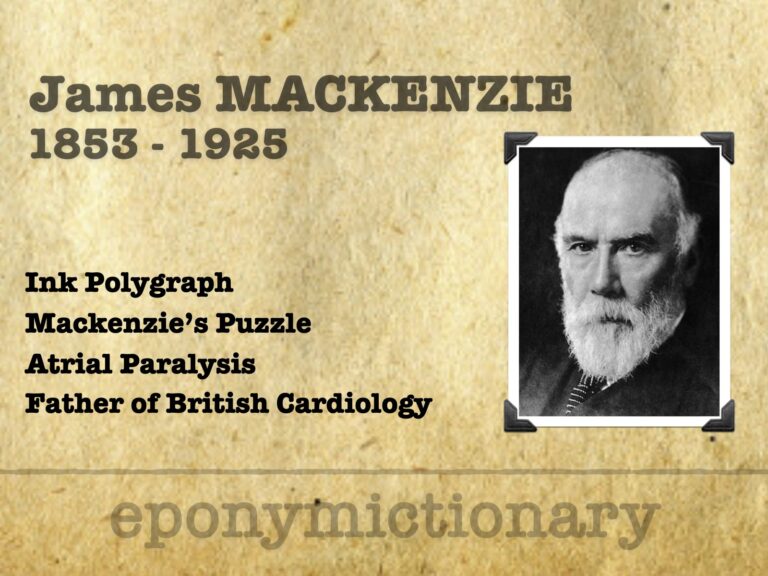
Sir James Mackenzie (1853–1925), Scottish GP and pioneer cardiologist, invented the ink polygraph and defined arrhythmias, angina, and atrial fibrillation

Yvonne Margaret (née Barr) Balding (1932 - 2016) was an Irish virologist. Co-discoverer of Epstein–Barr virus (EBV) (1964)
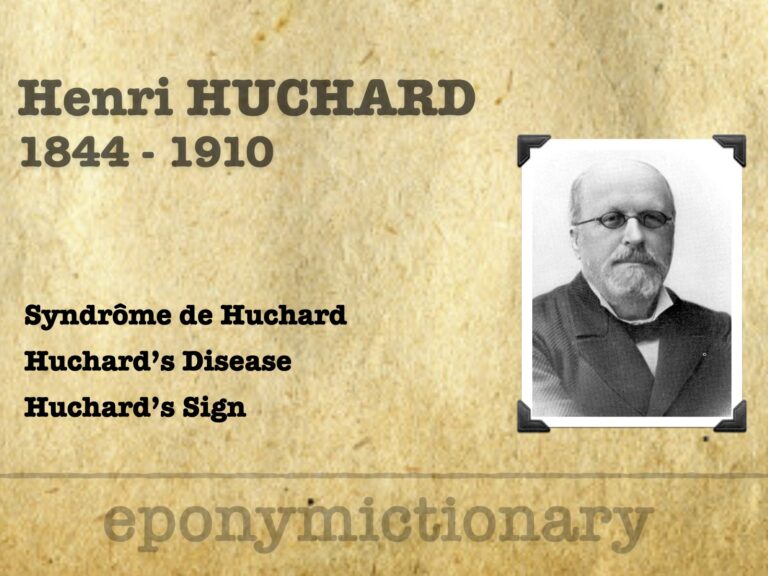
Henri Huchard (1844–1910), French cardiologist at Necker, defined “cardio-arterial” disease, described Huchard’s sign, and helped shape early hypertension care.
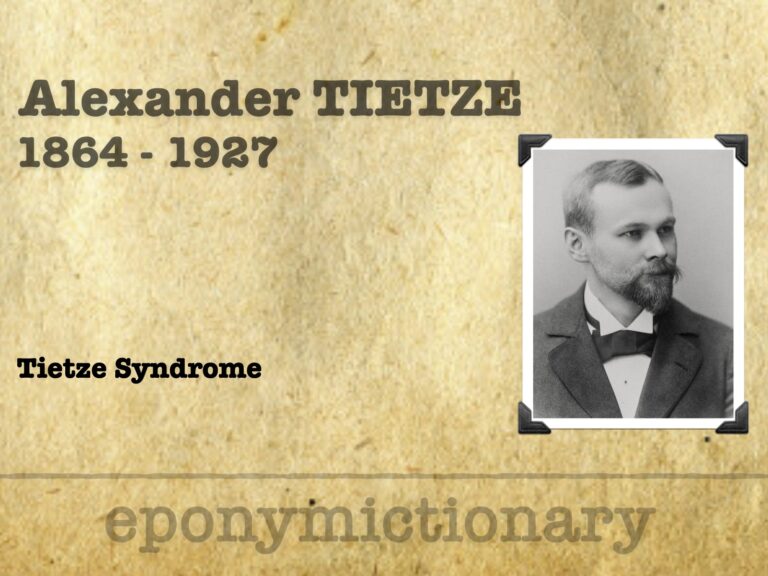
Alexander Tietze (1864–1927), German surgeon who described Tietze syndrome. Expert in emergency surgery and civic leader in Breslau during WWI.
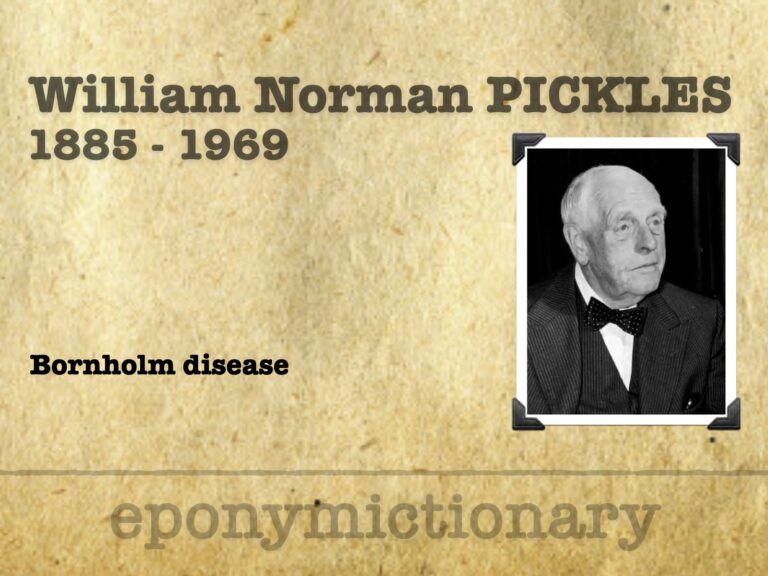
W.N. Pickles (1885–1969), rural GP and epidemiologist, defined Bornholm disease in Britain and shaped modern public health through detailed field observation.

Texidor’s Twinge (Precordial Catch Syndrome): benign, sharp chest pain in youth, first described in 1892, clarified by Miller, Texidor, and Asher in the 1950s.
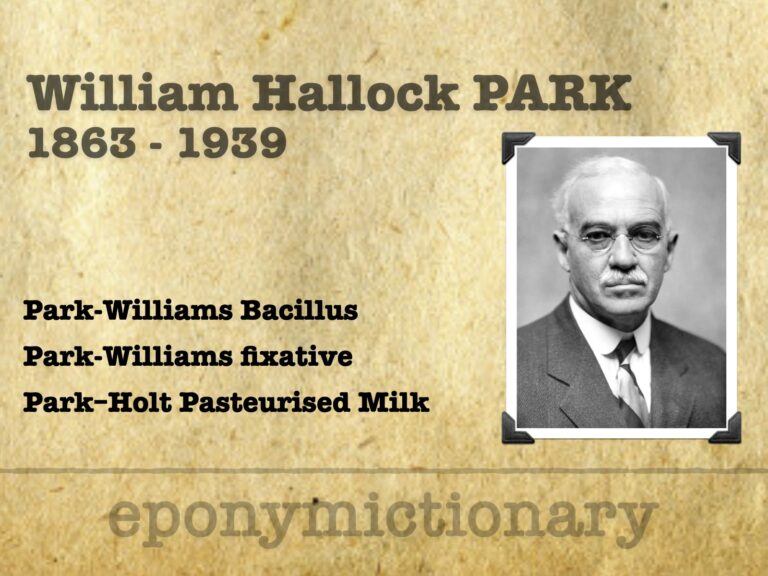
William H. Park (1863–1939), NYC bacteriologist who advanced diphtheria antitoxin, milk safety, and defined ethical dilemmas in the case of Typhoid Mary.
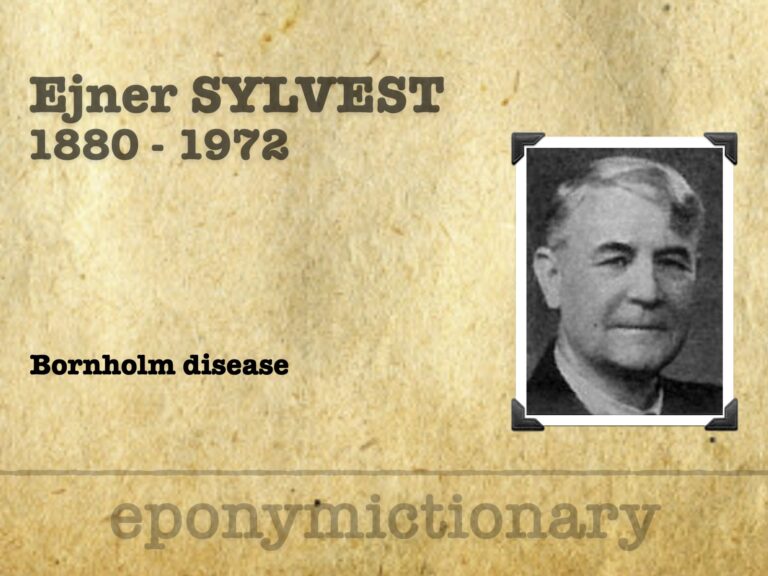
Ejner Oluf Sørensen Sylvest (1880-1972) Danish physician named and defined Bornholm disease, framing epidemic pleurodynia decades before its viral cause was confirmed.
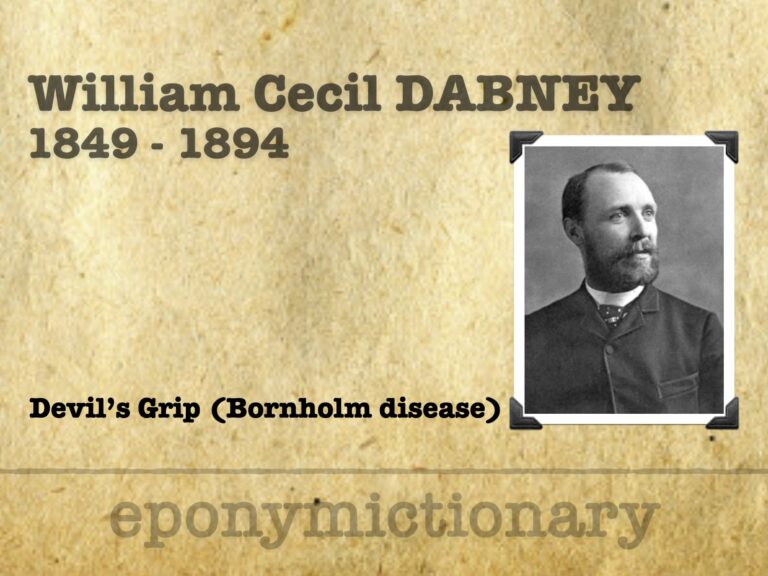
William Cec. Dabney (1849–1894) described epidemic chest pain (“Devil’s Grip”) and championed medical education, licensure, and public health in Virginia